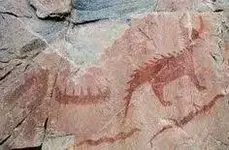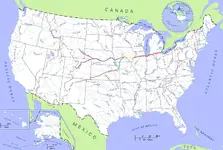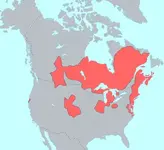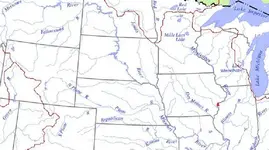- #1
Thread Owner
Hello Tnet members. I joined Tnet about eight years ago looking for information about some unusual carvings I had found close to my home in Iowa. It didn't take me long to find the Treasure Marks/Signs forum and to discover that there was a lively debate about the meaning of certain rock formations and carvings that were to be found along trails going to or from gold or silver producing areas. Some carvings or rock monuments led the way to the mining areas and some marked cache spots along the trail. More than a few of our members had spent countless hours in the field and were finding similar markers in different areas of the country, mostly in the west and southwest. The debate seemed to be about who put the markers there and was there a set of King of Spain rules that required that all of these markers were to be constructed and placed in a specific manner. Some searchers believe that the King of Spain did insist on organized placement of these markers and others say that there is no proof of these rules and the markers were placed by some other group.
Sandy1 has a very excellent thread in this forum that describes and teaches how to find a cache site and locate the vault. This is what treasure hunters do, find the treasure, dig it up. However, I'm not interested in digging up the treasure, I'm interested in the when, where, who and how of these places and the trails they are found along. If the trails are bullion trails, I want to know if the bullion is going toward Mexico or coming out of Mexico. I want to know what river or ocean the trails are heading for. I want to know if the big rock monuments were made by Europeans or some pre-Columbian native civilization.
Anyway, the point of this thread is to accumulate and share information. I know there are many Tnet members who can't get into the field, for one reason or another, so I'm hoping to get you involved in the research and maybe we can have some fun and learn a little history.
Sandy1 has a very excellent thread in this forum that describes and teaches how to find a cache site and locate the vault. This is what treasure hunters do, find the treasure, dig it up. However, I'm not interested in digging up the treasure, I'm interested in the when, where, who and how of these places and the trails they are found along. If the trails are bullion trails, I want to know if the bullion is going toward Mexico or coming out of Mexico. I want to know what river or ocean the trails are heading for. I want to know if the big rock monuments were made by Europeans or some pre-Columbian native civilization.
Anyway, the point of this thread is to accumulate and share information. I know there are many Tnet members who can't get into the field, for one reason or another, so I'm hoping to get you involved in the research and maybe we can have some fun and learn a little history.








